John Hurrell – 20 August, 2023
The consequences of enlarging the size of the applied paint remnants on each student palette means decisions were made by Maloy about scale, as well as the positioning of cropping edges, and responses to various brightly-lit reflected surfaces and cast shadows—elements accompanied by intervening fortuitous pits, ridges, striations, splats and dribbles.
Richard Maloy is well known for his interest in art-generated process, be that additive, cumulative, tottery and sagging, lumpy ‘fence’ sculpture or unnoticed (but later found) marks on work surfaces that come from painters carelessly brushing colour over the edges of panels onto flat tables. His eight new photographs (on canvas) of paint-covered student-artist mixing palettes at Starkwhite have a degree of intimacy that his larger found table surface works of twelve years earlier lack, yet the older ‘table shots’ were more compositionally varied and dramatic, less cluttered with hue and using more open space. A different mood.
With these recent works, we see greater compression within the oval blobs of encrusted flattened churning colour, with attendant specks and scratched streaks-like jammed up crumbling and blended flattened aggregates. Maloy’s new images can be regarded as fake paintings that fool from a distance, and a natural project for someone who teaches photography (amongst other trans-disciplinary areas) at Whitecliffe, and who is known for his sly gentle humour.
The consequences of enlarging the size of the applied paint remnants on each student palette means decisions were made by Maloy about scale, as well as the positioning of cropping edges, and responses to various brightly-lit reflected surfaces and cast shadows—elements accompanied by intervening fortuitous pits, ridges, striations, splats and dribbles.
The photographs’ depicted turbulent pigment application has stylistic hints of some art historical references like say, the European CoBrA group, but without the surface relief of thickly smeared and daubed pain. Maloy’s photography has sucked the rawness and physicality out of the depicted three-dimensional, original functional objects; removed nuances of thickness and evanescent oily sheen from the frontal planes. They were ‘raw’ before documentation proceeded.
The show sets up a tension between exhibited palette photographs and the unseen (completed or uncompleted) student paintings, and other research aids like drawings. It is possible to confuse the three, but the question arises: does the existence of the photographed palettes (the significant attention given them) imply they are ‘artistic’ substitutes for the paintings that resulted from the mixed pigments chaotically arranged on the depicted surfaces?
Can we assume—as Maloy has stated in his heading—that these processed photographed palettes are more ‘raw’ than the paintings we never see or the palettes linked to those paintings. Maybe they are the opposite: comparatively ‘boiled to death’ and ‘over-cooked’? (‘Hyper-culturised’?) Perhaps the invisible and seemingly forgotten student paintings and their predocumentation palettes—using colour taken straight out of the tube or can and mixed with medium, latex, turps or oil—are really comparatively simple in technical and conceptual procedure? Skimpier on process.
There is however another problem, in that the name of the student-artist creator of each photographed palette is not stated in the labels for each work alongside the name of their teacher—even though Maloy has initiated this project and maybe others the students responded to with their material contribution, and he has controlled the documentation (the technical variables) of their preparatory paint mixing.
There is a case that these are collaborations of a sort. Perhaps they should have been asked if they would like to be mentioned. Maybe they were, and they were coy or genuinely shy—or regard the palettes as rubbish not fit to be associated with, that the remnants lack any ‘creativity’ or ‘personality’ anyway. In this current competitive age of so many artist individuals jostling to loudly beat their own drums at any opportunity, even to get noticed, it is hard to imagine.
John Hurrell
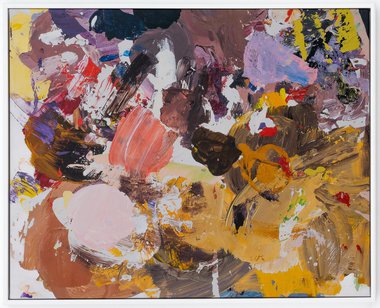

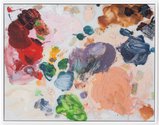
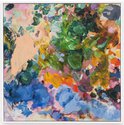
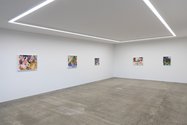
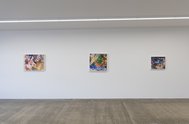

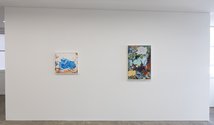
 Two Rooms presents a program of residencies and projects
Two Rooms presents a program of residencies and projects Advertising in this column
Advertising in this column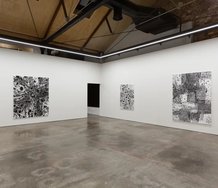



This Discussion has 0 comments.
Comment
Participate
Register to Participate.
Sign in
Sign in to an existing account.